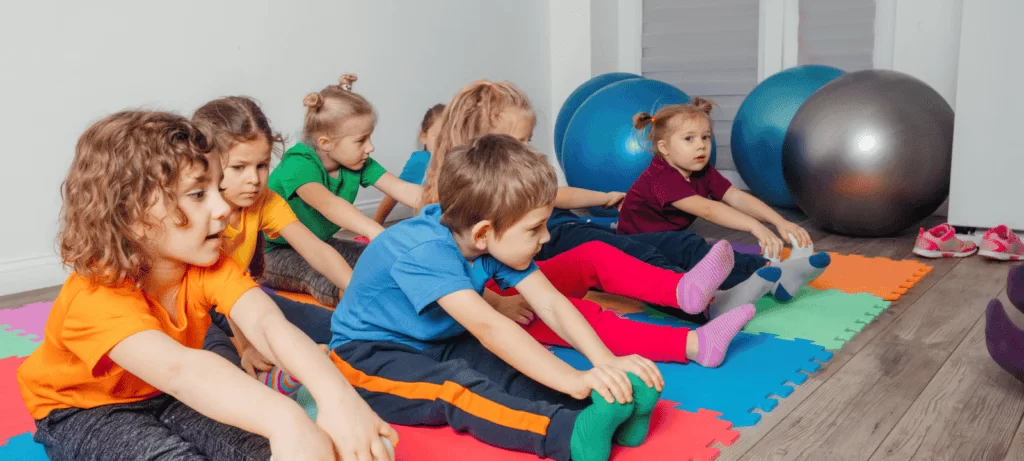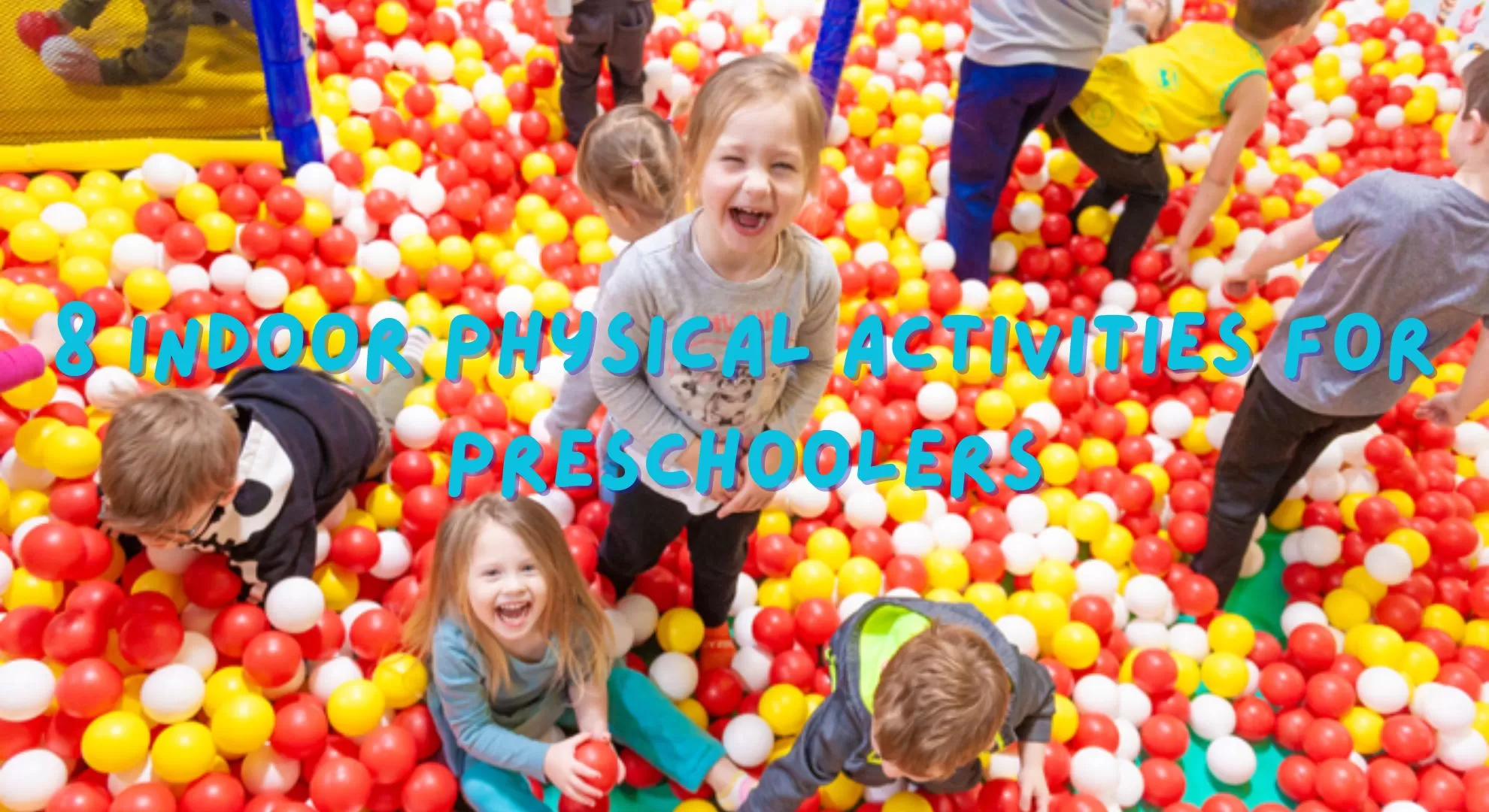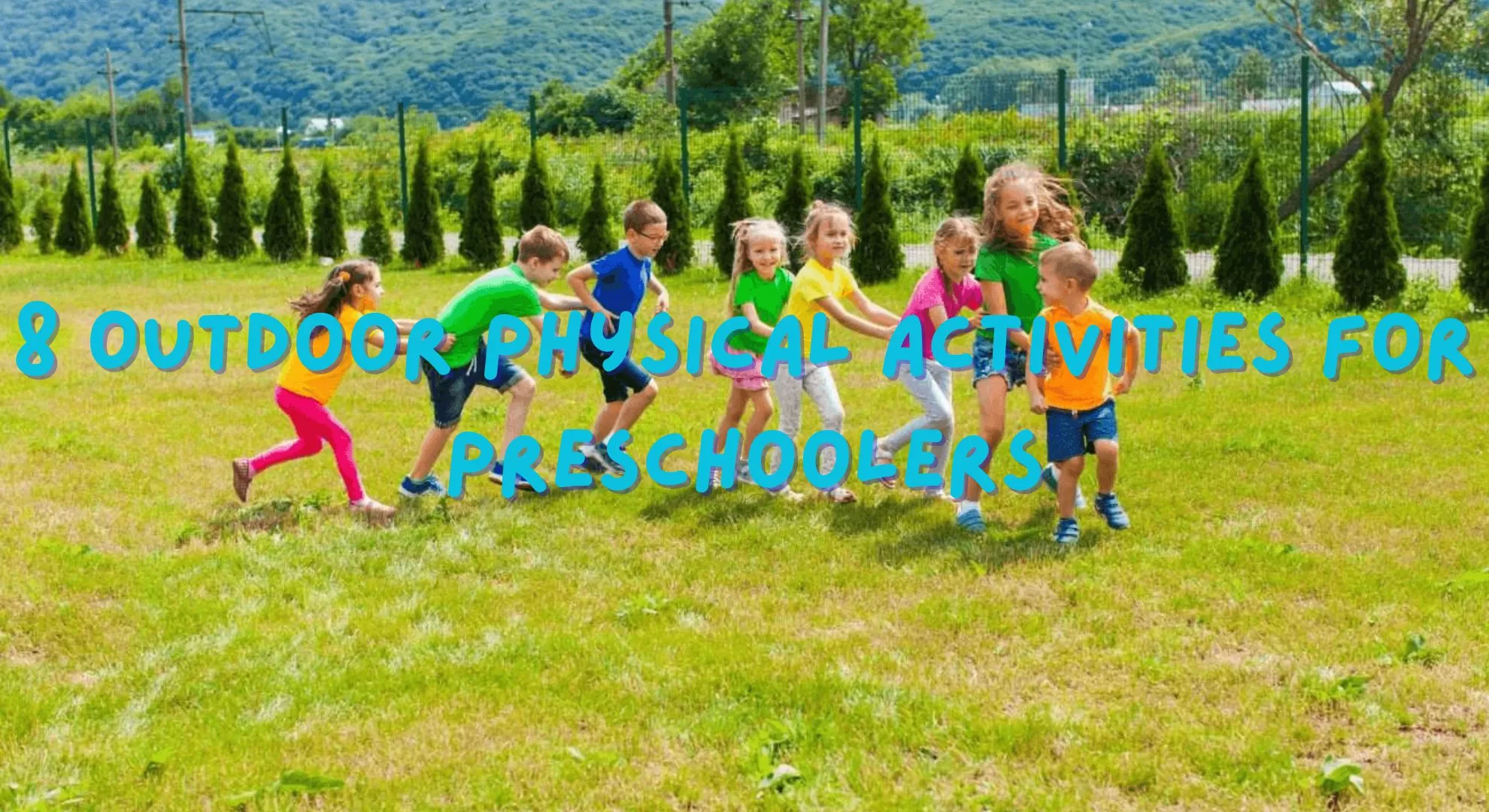Planning physical activities for preschoolers isn’t just about burning energy, it’s about nurturing motor skills, creativity, and social interaction. Whether you’re designing a playground, community space, or indoor play area, these activities blend fun with developmental benefits. Let’s explore ideas that align with physical development activities for 3-5 year olds while keeping safety and engagement at the core.

Preschoolers need at least 3 hours of daily active play to build gross motor skills, coordination, and confidence. According to the CDC, structured and unstructured play helps children develop lifelong healthy habits. For planners and facility managers, integrating preschool gym equipment like climbing structures or balance beams can transform spaces into dynamic learning environments.

A favorite in daycare centers, this game uses lightweight balloons and a ribbon strung between chairs as a “net.” Children hit the balloon back and forth using hands, feet, or soft paddles, developing hand-eye coordination and teamwork. To adapt for younger kids, allow multiple balloons in play or assign color-specific targets. Always supervise closely to prevent accidental popping and ensure helium-free balloons are used. Pair this activity with cushioned floor mats for safe landings during enthusiastic dives.
Place non-slip foam mats in a circle and play upbeat music. When the music stops, children race to stand on a mat – a playful twist on musical chairs that enhances large motor skills and listening reflexes. Gradually remove mats to increase challenge, encouraging kids to share spaces and practice cooperation. This activity works well in multipurpose rooms and can be themed around seasons (e.g., “ice floes” for winter).
Guide kids through poses like “downward dog,” “hopping frog,” or “sleeping flamingo.” Inspired by popular kids’ yoga programs, this floor-based physical activity builds flexibility and focus. Use storytelling to create scenarios – for example, “We’re exploring a jungle! Can you slither like a snake?” Incorporate textured mats for tactile stimulation and ensure poses are held briefly to match short attention spans.
Set up soft plastic pins and a foam ball in a hallway or playroom. Children roll the ball to knock down pins, refining fine motor control and aiming precision. Number the pins to introduce counting or add colored stickers for matching games. For group play, form teams and track scores with a simple chalkboard. Always clear the area of tripping hazards and use grippy socks to prevent slips.
Distribute colorful scarves and play lively music. Encourage kids to twirl, toss, and catch the scarves while moving to the rhythm. This activity, common in Montessori classrooms, combines physical exercise for preschoolers with color recognition and creative expression. For added structure, call out movements like “swirl high” or “shake low.” Use sheer scarves for easy gripping and avoid small embellishments that could pose choking risks.
Collapsible fabric tunnels become enchanted caves or space stations in this imaginative game. Kids crawl, scoot, or roll through the tunnels, strengthening gross motor development and spatial awareness. Add stuffed animals at tunnel exits for a “rescue mission” or time races for older preschoolers. Ensure tunnels are securely anchored and placed on soft surfaces to prevent bumps.
Label buckets or hula hoops with numbers, shapes, or colors. Children toss beanbags into the targets while practicing counting or shape identification. This blend of physical and intellectual activities for preschoolers is ideal for indoor recess. Adjust throwing distances for different skill levels and use beanbags filled with non-toxic pellets. For collaborative play, have teams work together to reach a total score.
A timeless social activity for preschoolers, this game includes commands like “Simon says jump like a kangaroo” or “Balance on one foot.” It sharpens listening skills and introduces body awareness. Incorporate themed instructions, such as “Simon says swim like a fish” for ocean units. Always emphasize gentle movements to prevent overexertion and ensure clear boundaries for play areas.
Check Out Our Indoor Activities!

Design a course with cones, hoops, balance beams, and tunnels. Kids climb, jump, and crawl through the stations, building agility and problem-solving skills. Adjust difficulty by spacing equipment closer for toddlers or adding climbing walls for older children. Theme the course as a “pirate adventure” or “space mission” to spark imagination. Surround equipment with shock-absorbing surfaces like rubber mulch for safety.
Hide natural items like pinecones, leaves, or painted rocks in a play area. Provide illustrated checklists and small baskets for collecting treasures. This outdoor gross motor activity encourages running, bending, and exploring while teaching observation skills. Discuss textures and colors of found items to integrate sensory learning. For inclusivity, place some items at wheelchair-accessible heights.
Blow bubbles and let kids leap, clap, or stomp to pop them. A high-energy game popular at community fairs, this activity improves agility and reflexes. Use giant bubble wands for dramatic effects or battery-operated machines for continuous play. Ensure the play area is free of slippery surfaces and provide shaded rest zones for hydration breaks.
Draw hopscotch grids, winding trails, or alphabet paths on pavement. Children follow the paths by hopping, skipping, or tiptoeing, developing large motor skills for 3 year olds. Add “freeze zones” where kids must strike a pose or incorporate math by numbering squares for counting practice. Use washable chalk for easy cleanup and avoid overly complex designs for younger groups.
On hot days, set up buckets and cups for a water-pouring relay. Teams race to transfer water from one bucket to another, fostering teamwork and social activities for preschoolers. Use shallow containers to minimize spills and provide towels for drying hands. For added fun, tint the water with food coloring and discuss color mixing.
Groups hold the edges of a large parachute and shake it to create waves or bounce lightweight balls. A staple in U.S. PE classes, this activity teaches cooperation and rhythm. Sing songs like “Ring Around the Rosie” while lifting the parachute up and down. Choose a parachute with reinforced handles and supervise closely to prevent tripping.
Arrange flat stones or wooden discs in a zig-zag pattern. Kids pretend to cross a “river” or “lava field,” refining balance and coordination. For ocean-themed physical activities, add toy sea creatures and encourage dramatic play. Secure stones with non-slip pads and place them on grass or soft turf for safe landings.
A classic backyard game, kids hop in burlap sacks or pillowcases toward a finish line. This preschool gym game builds leg strength and sparks laughter at outdoor events. Mark lanes with cones and ensure the race area is free of debris. For younger children, allow practice hops before starting the race.
Check Out Our Outdoor Activities!
– Use shock-absorbing surfaces under equipment (tested to ASTM F1292 standards).
– Rotate toys weekly to sustain interest in physical activities for preschoolers indoors.
– Train staff to supervise large group activities for preschoolers.
– Mix Skill Levels: Include easy and challenging options for physical development in preschoolers.
– Add Sensory Elements: Incorporate textured panels or sound features for special needs gross motor activities.
– Seasonal Themes: Refresh spaces with holiday decorations (e.g., pumpkin-shaped cones).
The National Association for the Education of Young Children (NAEYC) offers guidelines for creating inclusive play environments.
Whether you’re outfitting a daycare or community park, focus on versatile equipment that grows with kids. Need durable, compliant gear? NanPlay’s commercial playground solutions meet international safety standards while encouraging active play.
Resources
Thank you very much for your inquiry! Your trust is our greatest motivation. We are committed to offering playgrounds that combine high quality with affordable pricing. Let us bring vitality to your venue!